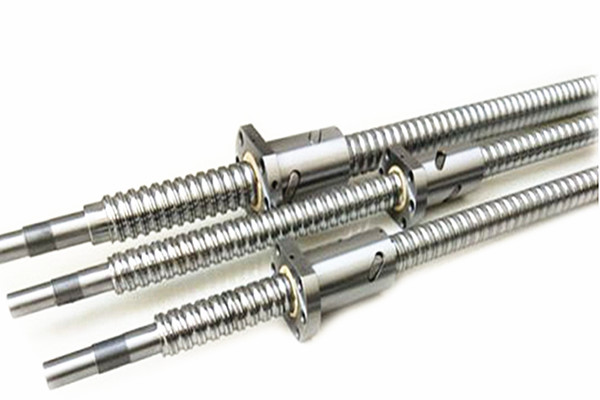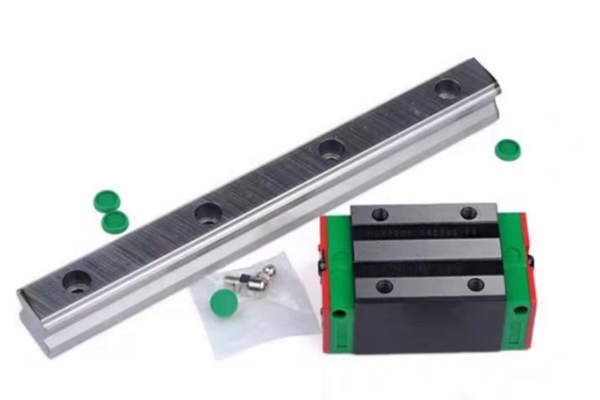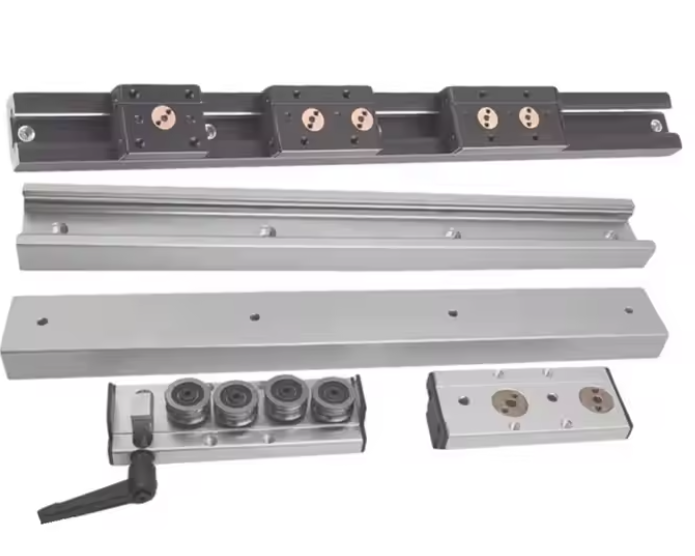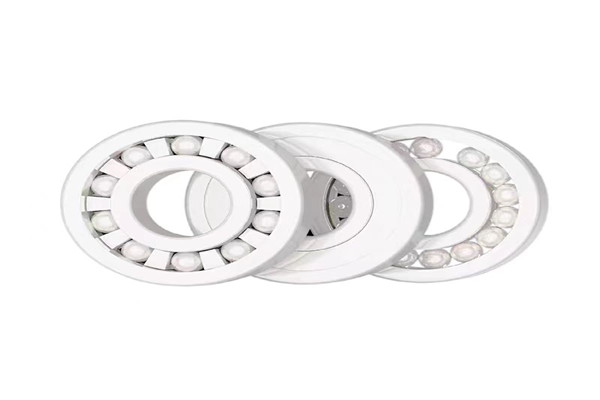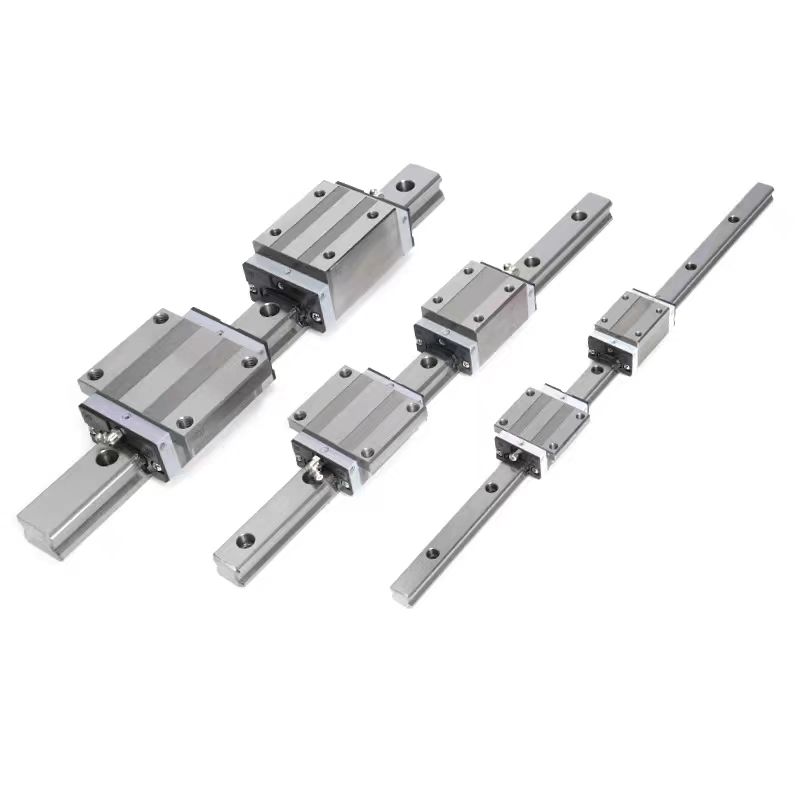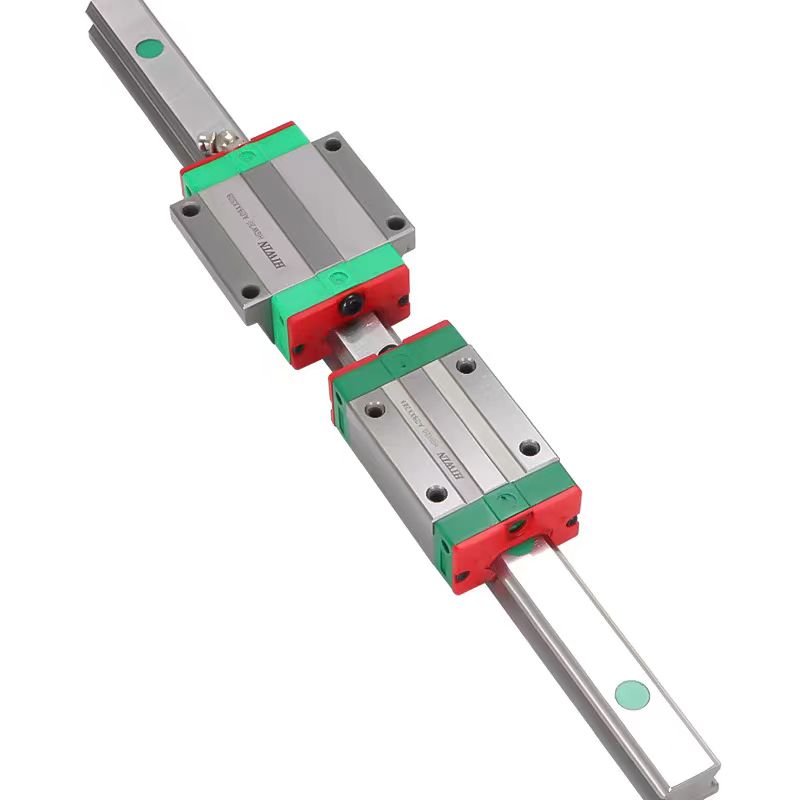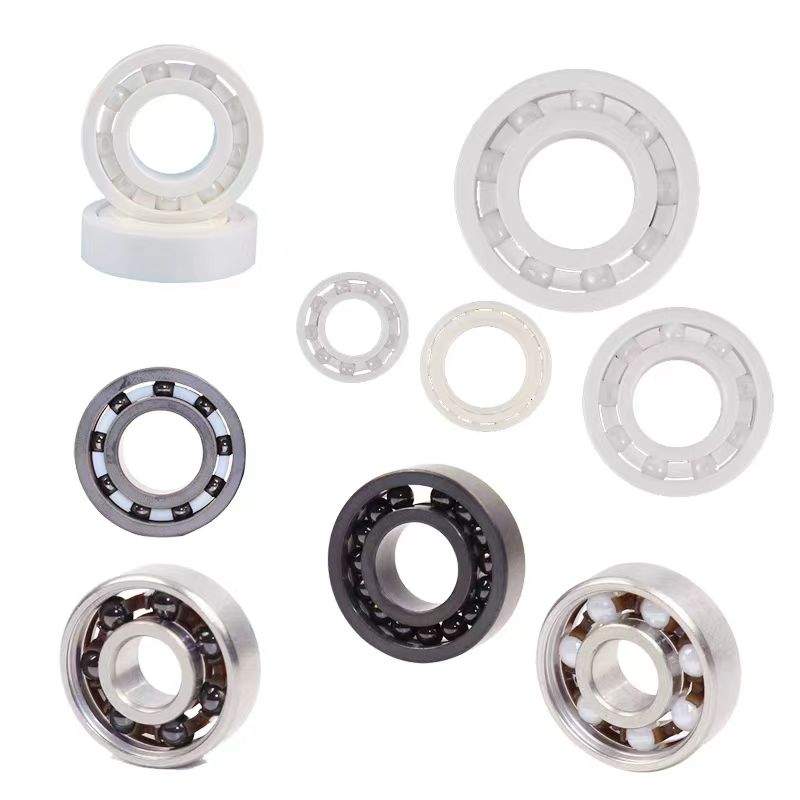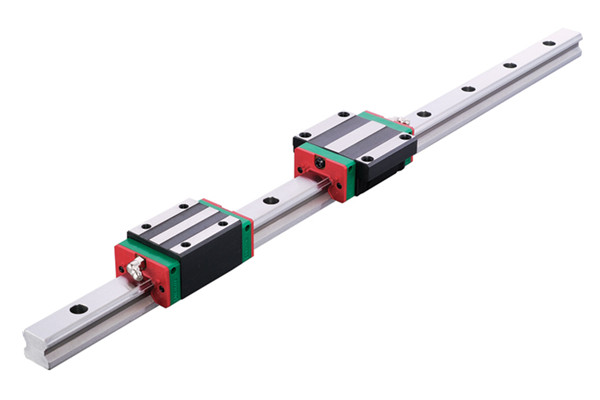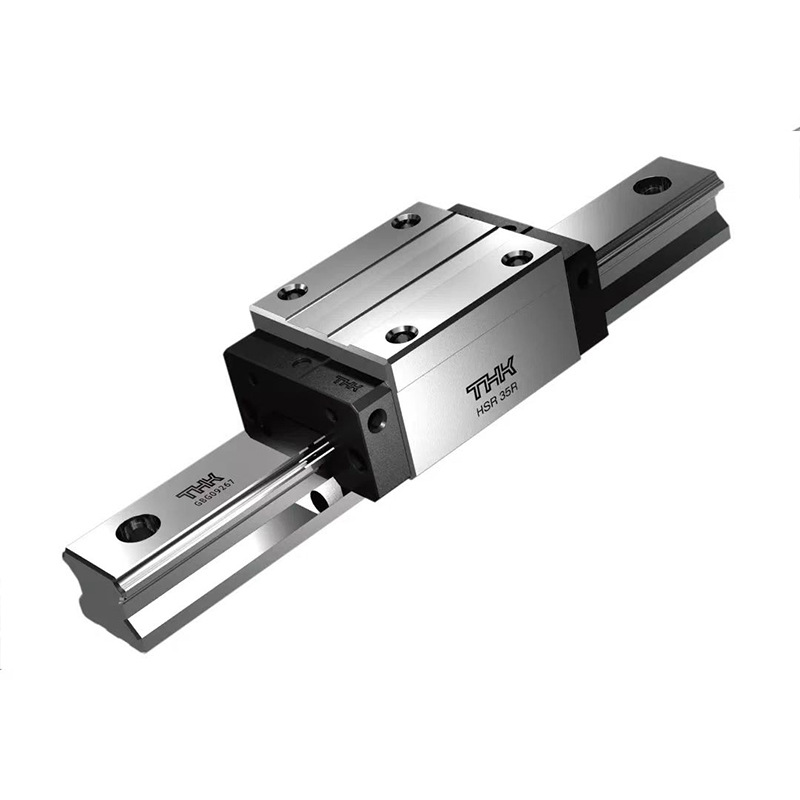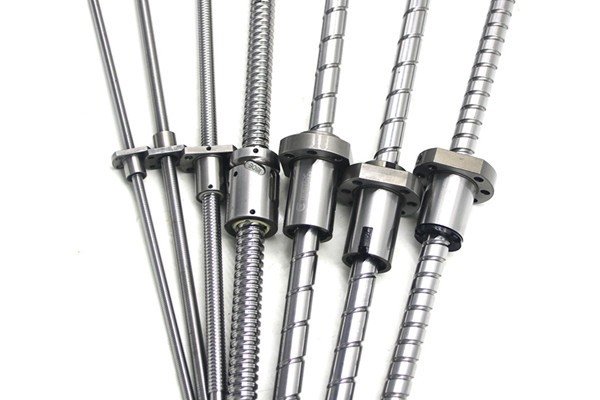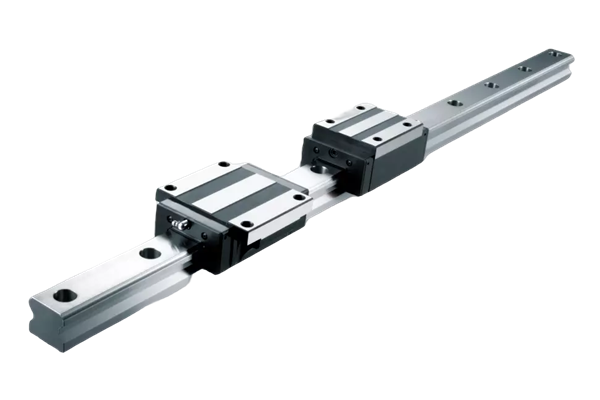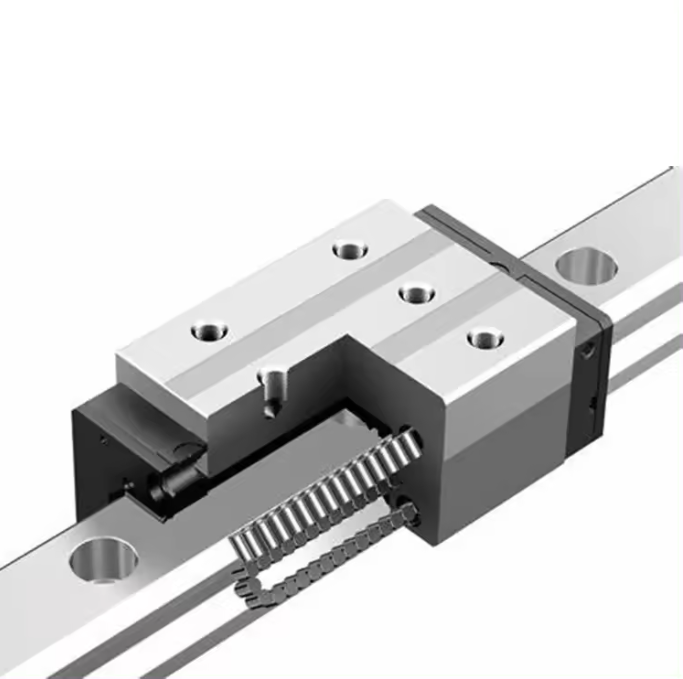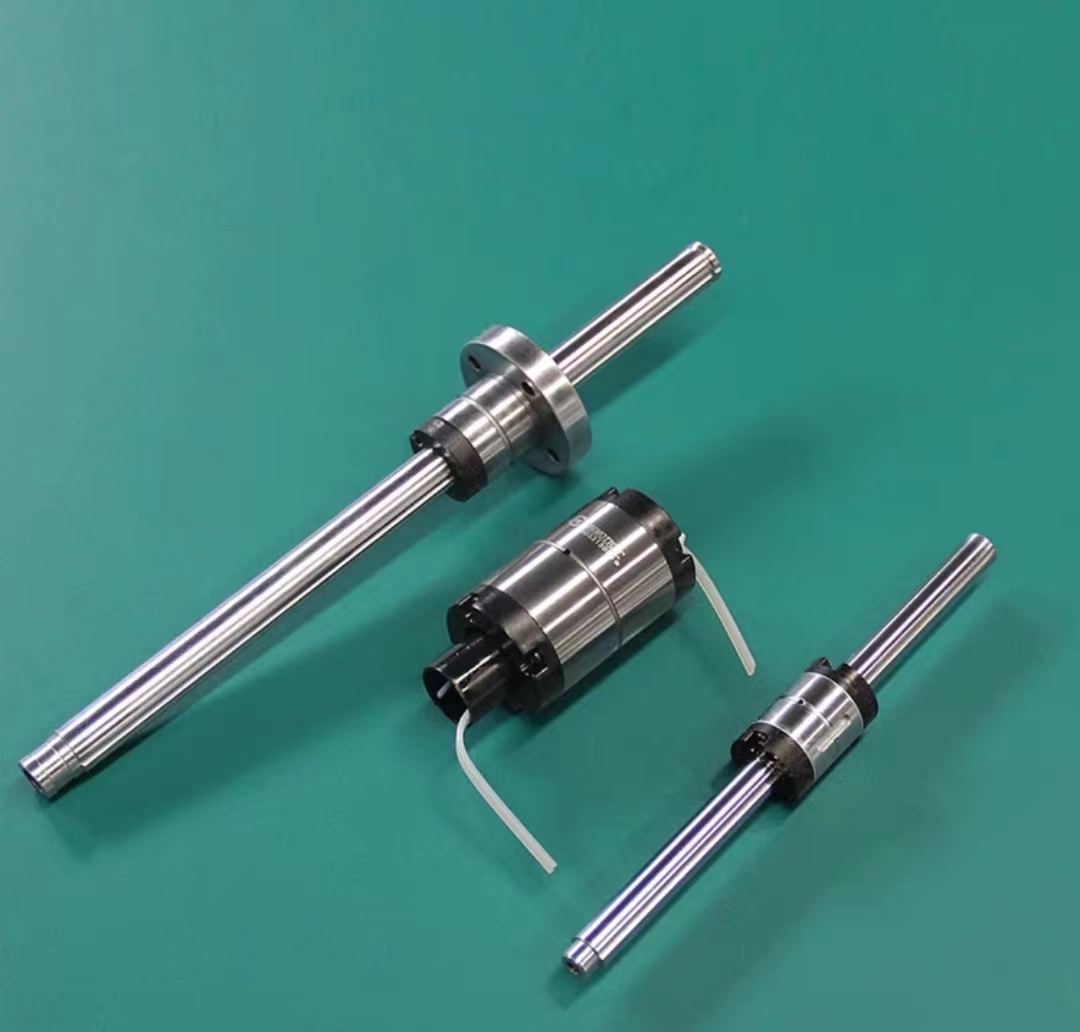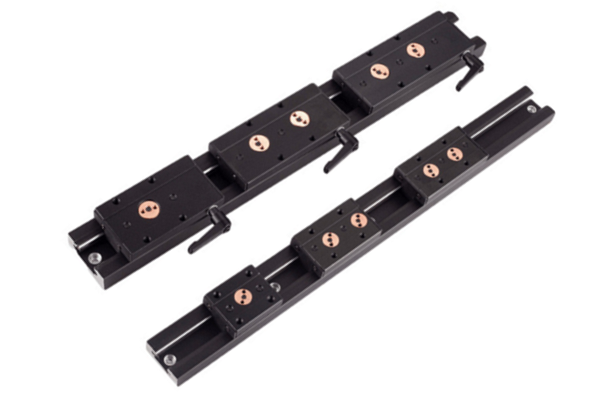Introduction of thin section bearing
Thin section bearings are a type of ball bearing that has a compact design, which makes them suitable for use in applications where space is limited. They are characterized by their low profile, light weight, and high precision. Thin section bearings are used in a wide range of industries, including aerospace, robotics, medical, and semiconductor manufacturing.
Thin section bearing also called thin wall bearing
One of the primary benefits of thin section bearings is their compact design. They are much thinner than standard ball bearings, making them ideal for use in applications where space is limited. Their low profile allows for a more compact and efficient design, which can help reduce the overall size and weight of the equipment they are used in.
Another advantage of thin section bearings is their high precision. They are manufactured to very tight tolerances, which ensures that they can operate smoothly and reliably even at high speeds. The precise manufacturing process also means that they have a high degree of accuracy, which is essential for applications that require precise movement or positioning.
Thin section bearings are also known for their low friction and smooth operation. They are designed to reduce the amount of friction between the moving parts, which can help to increase the lifespan of the equipment they are used in. The low friction also means that they require less energy to operate, which can lead to lower energy costs.
Another benefit of thin section bearings is their versatility. They can be used in a wide range of applications, including robotics, medical devices, aerospace equipment, and semiconductor manufacturing equipment. Their compact design makes them ideal for use in applications where space is limited, while their high precision and low friction make them suitable for applications that require precise movement or positioning.
Thin section bearings can also provide cost savings over time. While they may be more expensive than standard ball bearings upfront, their compact design and high precision can help to reduce the overall size and weight of the equipment they are used in. This can lead to cost savings in areas such as transportation, storage, and installation.
In summary, thin section bearings are a type of ball bearing that has a compact design, high precision, and low friction. They are ideal for use in applications where space is limited and are commonly used in industries such as aerospace, robotics, medical, and semiconductor manufacturing. While they may be more expensive than standard ball bearings upfront, their compact design and high precision can provide cost savings over time.
Xi’an Areswin Precision Machinery Company can supply all kinds of thin section bearing, if you need please let us know.We will give you a solution for the your industry need.

